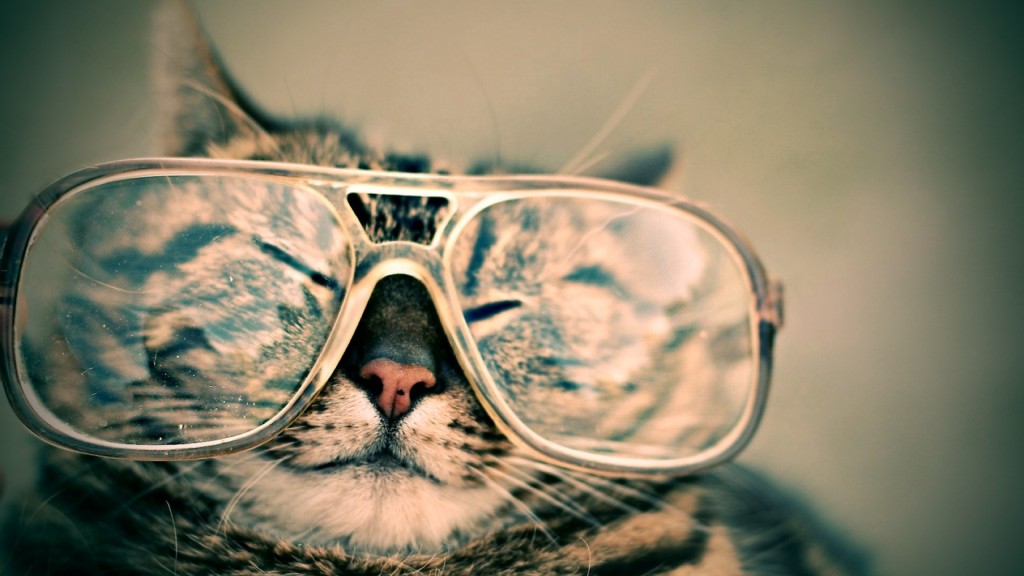To a copywriter, the phrase “a picture paints a thousand words” is rather annoying – after all, I could have been paid for those thousand words. But, it’s right – and a good image can really add spark to a blog post.
I am increasingly being asked if I source images for blogs as well as providing the words. The answer: I do now. For a modest extra fee, I’ll find relevant images for the post I’ve written. I’ve simply started doing this as finding images seems to be one of those jobs people put off, so that in turn is putting them off posting blogs.
But why does a blog post need an image?
Because it is more eye-catching, is the simple answer to that. Printed material has understood that for decades, and now armed with our smart phones, we’re all documenting our lives through images.
We’d rather Instagram our lunch than eat it – that’s the culture we’re working with these days. Each Facebook update seems to make uploading our photos easier. We’re visual creatures. Even click-bait needs a good picture before we’ll go near it.
With a picture, your blog post is more inviting, more interesting, and looks far better on your website, Twitter feed, or Facebook page. Most subjects – food, fabrics, holidays, cars, kitchens, pets – are crying out for an accompanying shot or two.
So, how do we find images for our blog posts?
There are lots of ways to illustrate a blog post. These are my recommendations, based on ease, cost, and little chance of being sued.
We can take our own pictures. If you work in say, interior design, it’s vital you have decent pics of your work for your portfolio, and you can use this for your blog. It’s always worth keeping a collection of good quality photos handy.
Smart phones have made photographers of us all – but please, only use decent pictures. Don’t spoil a professional website with amateurish images. However, it’s tempting to use our own, as we know that we own them, and can use them as we wish. Back in the day when I had a normal job, I hired a fab professional photographer for the day, so we’d have a suite of photos we could use for any purpose. Sadly, I don’t play with that sort of budget any more, and neither I suspect do any of my five readers.
So, that leads us to the world of stock images, and this is why I think that many people are wary of sourcing their own images. There are three main concerns: ownership, cost, and the fear of ending up with clichéd stock images which are today’s version of Clip Art.
Let’s address these three concerns one at a time. The license you need to find is called “Creative Commons Zero” (CC0), which means you can use the image for commercial purposes without paying for it, or even giving an attribution (although some photographers do appreciate it if you do). But – always check before you use any photo, just in case. Also be aware that if your chosen photo has a logo clearly in shot, you’ll need to add a bit of text to cover that.
I tend to stick to several websites that use the CC0 license – and here’s the second concern dealt with – and provide me with some ace free images. My favourites are Pixabay, Unsplash, and for office shots that are funkier than most, Startup Stock Photos. Of course, if you’re willing to pay, the whole massive world of Shutterstock et al opens up before you…
The third concern – how to avoid cliché. This can be tricky – there are a lot of pics of people looking terribly motivated in front of flip charts, or staring out at the horizon. What are other bloggers in your field using? The search function is your friend here. Type “meeting” into Pixabay’s search box, and yes, there’ll be those engaged business types, but there’ll also be some more fun images. Play with words. Or be like me right now, and just pick a pic you like…
I shall now be introducing more images to my own blog, starting with this totally unrelated but faintly amusing picture of a cat. Expect more pointless cats, and a few gratuitous owls.
